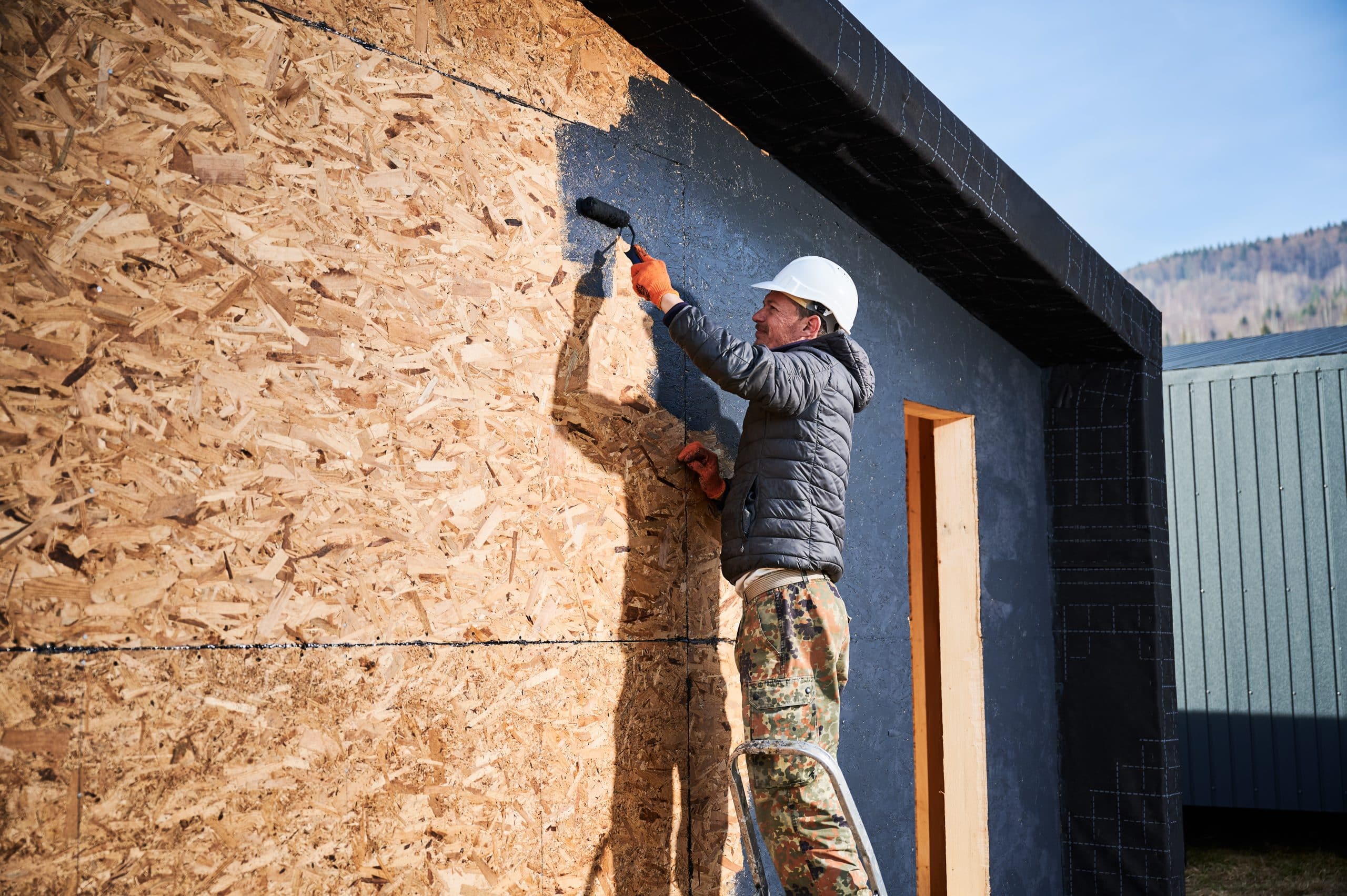
Hi there, I’m a professional painter and I’m here to share some critical safety tips for both interior and exterior painting. I’ll cover everything from understanding paint components to dealing with paint spills. Whether you’re a seasoned pro or a DIY enthusiast, it’s crucial to keep safety in mind. Let’s ensure your next painting project is not only beautiful but also safe. Stick around, you won’t want to miss this!
Understanding Paint Components
In the realm of interior and exterior painting, it’s important that I lay out the basics of paint components for your comprehension and safety. Paint Toxicity is a real concern. Many paints contain volatile organic compounds (VOCs) that can cause health issues over time. I always recommend using low-VOC or VOC-free paints to ensure safety.
Equally important is Color Psychology. The colors we choose to paint our homes can have a profound effect on our emotions and behaviors. For instance, blues are known for their calming effects, while reds can evoke energy and passion. So, when it comes to painting, it’s not just about aesthetics. It’s also about understanding the products you’re using and the emotional impact they might have.
Safety Gear for Painting
Moving onto safety gear, I must be kitted out with the right protective equipment when I’m painting. This isn’t just about avoiding paint splatters on my clothes; it’s about ensuring my health and safety.
Key items include:
- Mask Selection: It’s not enough to just grab any mask. I need one that’s designed for paint fumes, to protect my lungs from harmful chemicals.
- Eye Protection: Safety goggles are a must. They’ll shield my eyes from any paint splatters or dust.
- Gloves: These will protect my hands from both paint and any possible skin irritants in the paint.
Safe Interior Painting Practices
Often, I find myself emphasizing the importance of following safe interior painting practices to ensure a hazard-free work environment. These practices include proper color selection and paint storage.
Choosing the right color isn’t just about aesthetics but also safety. Dark colors can hide potential hazards, so I recommend lighter shades for better visibility.
Proper paint storage is equally crucial. It’s not safe to leave paint cans lying around, they could be knocked over, causing spills, slips, or fires. Store them upright in a cool, dry place, away from heat sources.
Here’s a table summarizing safe interior painting practices:
| Practice | Importance | Tips |
|---|---|---|
| Color Selection | Visibility | Opt for lighter shades |
| Paint Storage | Prevent spills/fires | Store upright, cool, dry place |
| Ventilation | Prevent health issues | Keep windows/doors open during painting |
Ventilation and Odor Control
Switching gears to ventilation and odor control, I must stress that maintaining good airflow is key to a safe painting environment. The importance of airflow cannot be underestimated; it ensures harmful fumes don’t accumulate and pose a health risk. Good ventilation also helps the paint dry faster and more evenly.
Odor neutralizers also play a pivotal role in creating a comfortable painting environment. They help mask the strong smell of paint, making the process more bearable. Here are a few tips to remember:
- Keep windows and doors open to improve airflow.
- Use fans to further increase ventilation.
- Apply odor neutralizers to mask the paint smell.
Safe Exterior Painting Techniques
Rolling right into safe exterior painting techniques, I can’t overstate the importance of using the right tools and safety measures to prevent accidents. Start by checking weather conditions. Rain or intense heat can ruin your paint job, so it’s essential to paint on a dry, mild day. Also, consider the wind’s speed and direction to prevent paint spray from going astray.
When it comes to paint disposal, don’t just chuck leftover paint in the trash. It’s hazardous to the environment and can lead to fines. Instead, dry out the paint by leaving the lid off, then dispose of it in a hazardous waste facility. Remember, safety doesn’t end when the painting does. Proper disposal is part of safe painting practices.
Ladder Safety and Handling
When I’m using a ladder for painting jobs, safety is my top priority. It’s crucial to practice proper ladder handling to prevent injuries. I always follow these steps:
- Proper Ladder Storage: I store my ladder in a dry, safe location to avoid damage and premature wear. I make sure it’s secure to prevent it from falling or being a tripping hazard.
- Routine Ladder Inspection: I regularly check my ladder for any signs of damage or wear. I look for cracks, bent rungs, or loose parts before use.
- Safe climbing practices: I always maintain three points of contact and never overreach, which can lead to instability.
Dealing With Paint Spills and Splashes
Beyond just following safety measures with ladders, it’s equally vital to know how to effectively deal with paint spills and splashes to maintain a safe and tidy work environment. Spill prevention is key. Always ensure your paint cans are securely sealed when not in use and place them on a sturdy, flat surface to prevent tipping.
Despite your best prevention efforts, accidents can happen. That’s when cleanup techniques come into play. For minor spills, quickly soaking up the paint with cloth or paper towels can limit the damage. For larger spills, a putty knife or scraper can help gather the bulk of the paint. Finish off by using a suitable cleaning solution for the paint type. It’s about being proactive, prepared, and knowing how to respond effectively.


